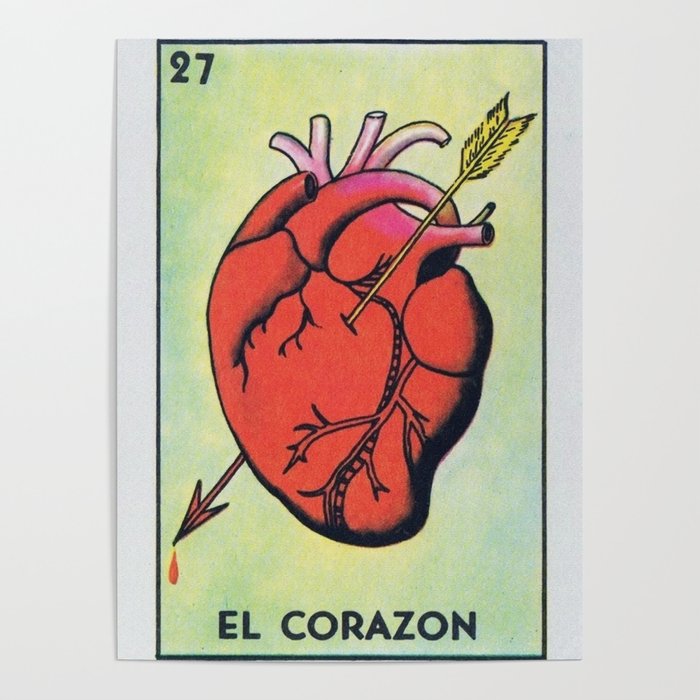
There are many great books available on the market for tarot readers, regardless of their level. These books are designed to help you interpret the meanings of the cards and to teach you how to read tarot for yourself. There are many resources in each book, but the majority will help you understand the meanings of the cards. The information contained in each book may vary depending on who wrote it.
Tarot for Beginners - A Beginner's Book to Tarot is a tarot book designed for beginners. It teaches you how to read the cards, and shows you some sample spreads. The book is written in a casual style that makes it easy for readers to understand. You can use the book to write down your personal meanings. You will also find games and therapeutic exercises in the book.
Tarot For Yourself. How to understand and use the Tarot cards offers an appendix that gives interpretations for each of the cards. This tarot book is a great resource for readers looking for an authoritative book that provides solid information. This book is fun to read. Each card is illustrated with illustrations from the author's life.

Tarot Cards: Their Meanings is another popular Tarot book. This book is more approachable than many tarot guides and has less information. Each card comes with a clear explanation explaining its meaning. Each card comes with an illustrated description so that the reader can quickly recognize them.
Tarot for Beginners: a Guide to the Major Arcana explains the basics of tarot and provides spreads to help you use it. The book includes both major and minor arcana. It also includes connections to numerology as well as astrology and mythology. The book is easy-to-read and contains color photographs. This book is ideal for beginners.
The Ultimate Guide to Tarot - A Complete Guide to the Tarot is a valuable resource for all levels of readers: beginners to seasoned. This book includes a detailed description of each major and minor arcana, as well an overview of the history of the Tarot. This book also includes information about numerology, astrology and mythology. It also contains a list of tarot spreads that you can use for your readings. It is easy-to-read and features wide formatting. The book includes spreads for every day in the year, which makes it ideal for beginners. It's also great for those who are interested in the esoteric art.
Seventy-Eight Degrees of Wisdom: How the Tarot Cards Can Change Your Life is an easy-to-read tarot workbook that will help you develop a relationship with the cards. The book will guide you through each card's symbolism as well as help you establish a spiritual connection to each card. It is essential reading for every tarot reader and is the best-selling tarot book on the market.

Modern Tarot: Using the Spreads and Understanding the Cards is an easy to understand book that helps explain the meanings of the cards. This book contains illustrations of all 78 cards. This book is fun and easy to use, because the author mixes real-life scenarios with examples taken from the cards. You will find a lot of references to pop culture in the book, including specially-designed card-based rituals.
FAQ
What is a hobby that kids can do?
A hobby for kids is any activity they like to do as part of their normal daily routine. Some kids like to build things, draw, paint, write, or play with toys.
Many parents worry that their children will get into trouble if they're allowed to do whatever they want. It is not true. Your child won't get in trouble if they are safe and don't do any harm to anyone.
It is important that people remember that simply because they love doing something does not mean they will always do it. If they don't like writing but love drawing, they might choose to draw images instead.
There are many hobbies available, so you can choose the one you like best.
What are the best ways to find a hobby?
You may feel overwhelmed when you start your quest to find a hobby.
You're probably thinking, "I'm not very artistic," or "I'm terrible at sports," or maybe even "I don't know anything."
You probably have plenty of experience and knowledge to use when you are looking for hobbies.
It's just that you haven't realized it yet.
Have a look at your home. How much stuff are you able to store?
Are there any toys that you don't use anymore?
Perhaps you own a collection or magazines.
Perhaps you've always wanted a career in cooking.
Maybe you want to get back into playing the guitar.
Whatever it is, there's likely something you can turn into a hobby.
The key is to see that you already have many experience to draw upon.
Once you do that, you can choose a hobby to fit your life.
What are your educational hobbies?
An educational hobby can be defined as an activity in which you learn something through doing it. This could be anything you want, such as playing sports or learning how to play an instruments.
The most important thing is that you find it enjoyable and entertaining. You don’t have to do it constantly, but you should consider what other activities you could be engaging in instead.
Also, you need to be careful not to spend too much on these activities. They can end up costing more than you think.
Statistics
- Almost 80% of people claim to have no hobby. (hobbylark.com)
- Studies show that just six minutes of reading can reduce stress levels by 60 percent. (oberlo.com)
- The Role of the Mind in Sex, Dating, and Love: Men in the “humor” condition received phone numbers from 42.9% of the female participants and were refused 57.1% of the time. (time.com)
- 37% Video Games 36% Travel 36% Health and Fitness (quizexpo.com)
- This 100% accurate personality-analyzing hobby quiz discovers your passion based on your characteristics. (quizexpo.com)
External Links
How To
How to get started gardening
Gardening is one among the oldest forms. It takes patience, persistence, determination, and perseverance. The first step to starting a garden is to pick a spot where you will grow food. You can choose to have a large area or a small one in your backyard. Next, decide what type of plants you want to grow. Do you prefer flowers over vegetables? Some people like to grow herbs and others enjoy raising livestock, such as rabbits. Before you decide on the type of crops you want to plant, it is important to consider the space available. If you live somewhere that has cold winters, it might be a good idea to grow berries or fruits.
Once you have chosen what you will be planting, you must take some time to prepare your soil. The soil is crucial in determining whether your plants thrive or not. Good quality soil contains organic matter that helps feed your plants' roots. Organic matter is made up of leaves, twigs grass clippings, manure and compost. Once your soil is prepared, it's time to add nutrients. You will need different amounts of nutrients depending on which type of plants are being grown. Online fertilizer calculators can be used to determine these values. There are many fertilizers on the market, so ensure you understand what you are buying.
After preparing your soil and adding the proper nutrients, you now need to wait until your seeds germinate. The process takes between 2 weeks and 3 months depending upon the climate in your area. Once your seeds have sprouted, you need to water them regularly. You can endanger your plants if you water them too often or too little. Avoid overwatering your plants. Overwatering can cause root rot or fungal diseases. Remember that plants need less water in the summer than they do in the winter. Keep in mind that certain plants may need to be dried after being watered. Tomatoes for instance need to remain slightly moist, but not wet. Soggy soil is not good for them. After they have finished flowering, they must go dormant. Dormancy is when plants stop producing new growth and begin storing energy for the next season's harvest. Dormancy means that the plant stops communicating with its roots about producing food. Throughout this period, the plant stores energy. The plant will eventually die if it is not given enough sunlight or temperatures below freezing.
Living in urban areas may restrict the types of plants you can plant. Concrete sidewalks and roads, as well as parking lots, are common in urban areas. This blocks sunlight from reaching the ground. Concrete absorbs light which blocks sunlight from reaching the ground below. Many plants are unable to survive in urban areas due to the lack of sunlight. However, many plants can still thrive in urban environments. Many trees, shrubs and perennials can thrive in urban environments. Many annuals are also possible to grow indoors in containers. You can grow fresh greenery year-round in containers.
You're now ready to plant after you have chosen where and what to grow in your garden.